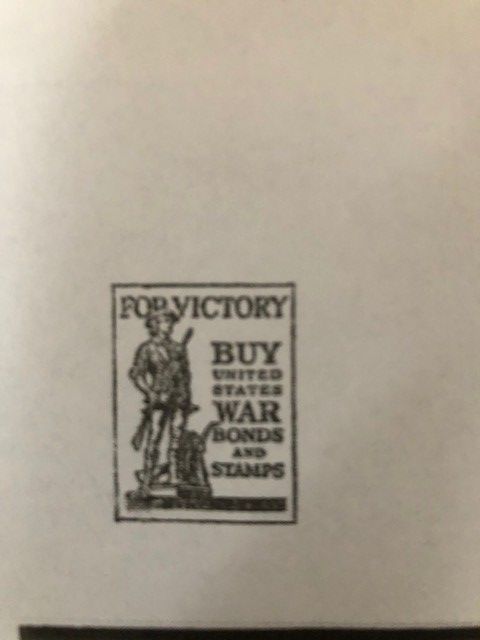William Mitchell’s Fig
I believe I have noted before that some of the plants that are located in the garden that immediately borders the Mitchell House on the south and east side has plants that were once supposedly found in William Mitchell’s garden. They were noted by his friend, John Quincy Adams. Yes, THAT Adams.
A “purple fig” was one such plant. And because of this, quite a few years ago, I purchased one. I had no variety to go on and I attempted to find something that was an older variety though it is not a “heirloom.” I diligently tend to it and bring it inside for the winter either to my winter office or my home, depending. It is planted up in a Guy Wolff pot – a Peale Pot – to be exact. It is inspired by a portrait by Rembrandt Peale of his brother, Rubens, titled “Rubens Peale with a Geranium” from 1801. So, it’s a historically inspired terracotta pot close to when the Mitchells were living at 1 Vestal Street. (Yes, I even put thought into t terracotta pot!) I am a fan of Charles Willson Peale’s art; he was an artist and naturalist who opened his own museum. And yes, he named his children after famous artists and scientists for the most part. And all of them pretty much went into art or the sciences – with a few holdouts. He had three wives and quite a few children with his first two wives. And, when you call to order a Guy Wolff pot, you get, Guy Wolff. He was quite lovely and helpful!
But I digress.
My Father was a BIG fig fan. Almonds, raspberries, and figs. He didn’t care if it was a fig tart, a Fig Newtown, or a bowl of fresh, whole figs eaten sitting on the sofa. I, myself, was never a fan of fresh figs. My father purchased two fig plants some twenty plus years ago when my parents moved to a new house. And, I didn’t realize how much he knew about figs until I bought the one for the Mitchell House. At that time, he told me all about how they were grown, and being Italian, how the Italian families would have them, even in the smallest paces in New Haven, CT (I hale from that area) and that they would plant them up against an apartment house/multi-family dwelling even in the smallest place. And then, before frost, bend them down to the ground and bury them to keep them safe, even covering them with blankets for the winter. My Father, a grandson of Italian immigrants, never talked much of his Italian heritage but it seemed to come out when he would recall certain plants, such as figs or even his grandmother- Mama Minnie’s – gardenia bushes.
The fig plant I bought never seems to fruit. I think once, maybe, it developed one fig, but it rotted and fell off. But just the other day, when I needed it most, and took a moment in this busy world to breathe, I realized it had developed three small figs! I sort of felt like my Father was sending me something. I’m hoping they continue to grow so that I can sit on my sofa, with a bowl of three fresh figs, and eat them one at a time. I will thank William Mitchell and, of course, I will thank my Father.
JNLF
Recent Posts




